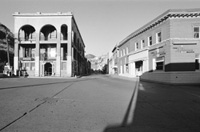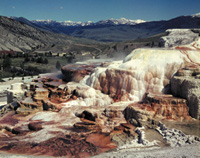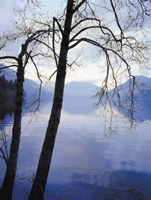Hello, I talk to the official website Konica Minolta with the issue of the acquisition of slide scanner film handled for Dimage Scan Multi Pro. But unfortunately, they stopped their work in this direction. And advised to go to you.
Please help to purchase:
1. 35mm film holder (FH-P1)
2. Slide mount holder (SH-P1)
3. Universal holder (UHP1);
I have a 35mm film camera Nikon F-80, the image quality is not inferior to
modern photo digital camera. I don't want to seem fond of antiquity, but I
don't have cost to upgrade, the more the quality of its overwhelming
majority is not worse.
For me, the ideal would be if you give me engenering sheme of film those
film holders. In this case I can print them on a 3D printer (I have a good
of experience in AutoCAD and 3D Max).
I'm sorry that this is an excellent scanner without action.
Thanks









































